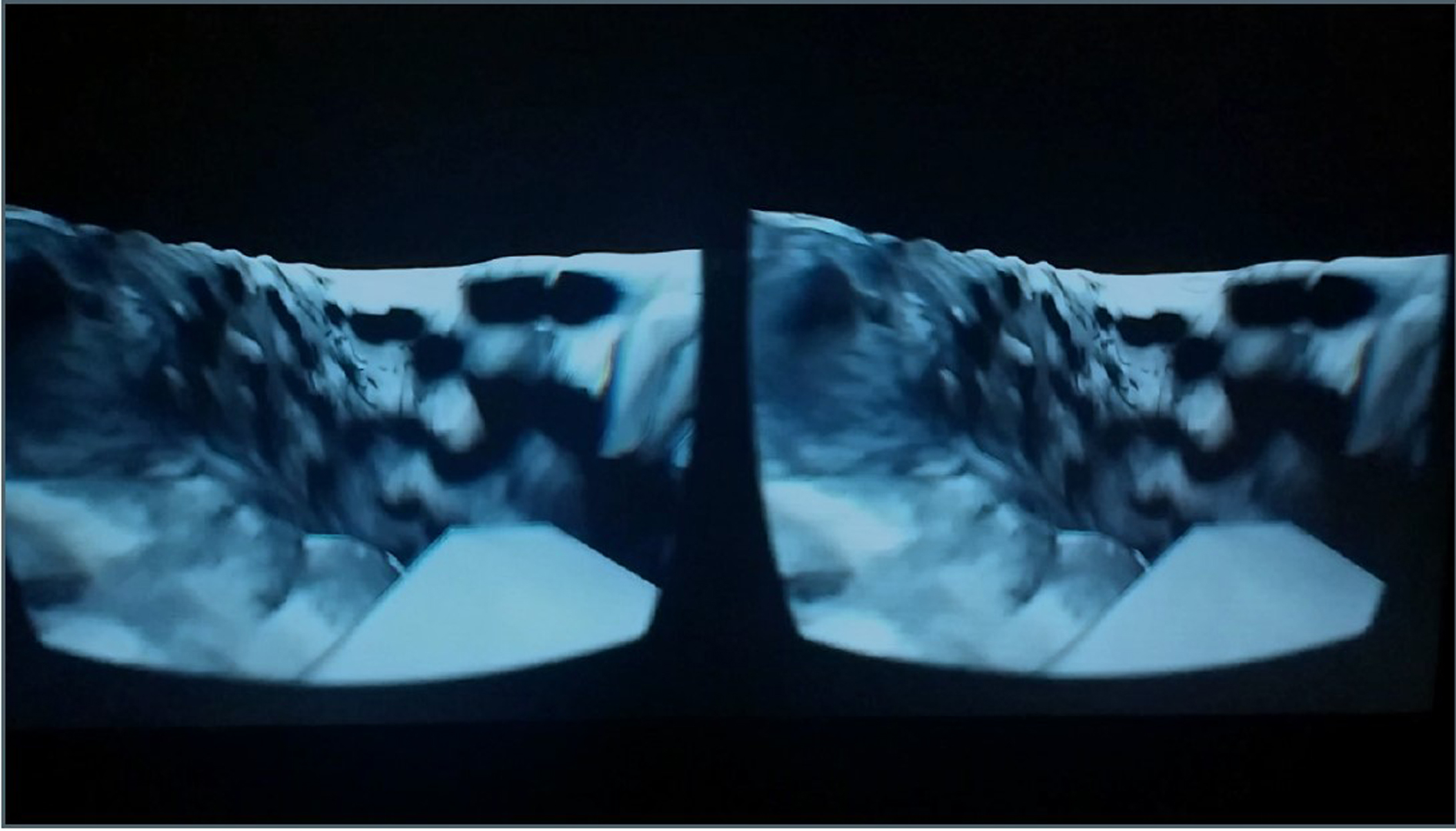Reproduction of Dream Experience in Virtual Reality
Session Title:
Presentation Title:
Presenter(s):
Abstract:
The aim of this research is to explore the expressive nature of dreams related to visual arts. Dream is equal to thinking in sleep, it is thinking in a simulation. This simulated world is built with infinite creative material. The lack of self reflective awareness in dreams leads us to perceive the supernatural, surreal or irrational aspects of this world simulation as real. In my opinion dreams are developed in absence of a “visual expression organ“. Humans and other mammals usually have an auditory organ of perception (ears), an auditory organ of expression (vocal tract) and a visual organ of perception (eyes). However, we lack a “visual organ of expression“, which can be compared to a monitor. My theory links visual mental imagery in general and dreams in particular with this missing visual expression organ. In my opinion this organ is still in evolution. Because dreams and visual arts resemble each other in many ways, such as creating imaginative worlds using a visual language with dramatic presentations, symbols, allusions and ironies, I propose that visual arts have emerged as a prosthesis for this missing visual expression organ.
There are many analogies between artistic expressions and dreams and likewise there are many artistic possibilities to depict dream experiences [1]. Van de Castle stated that dreams and films have many features in common such as moving visual images, changes in settings and characters, spoken conversations, perceptual distortions, temporal discontinuities or flashbacks. [2] Virtual reality can mimic dream experience with a higher fidelity than other media. Biocca, Kim and Levy track the development of virtual reality throughout the art history with the ambition to create a magical “ultimate window” which can exhibit the “essential copy” [3]. Biocca and Levy suggested virtual reality based simulation as a medium of communication. [4] Both dreams and virtual reality can imitate physical reality as a simulation or go beyond its limits and create impossible or bizarre.
The alternation between dream and awake states creates a contemplative fictional life as an intermediate position. Dreams are subjective and volatile worlds of thought, which can be experienced as non-intersubjective and immersive. Simulation theories of dreaming describe dreaming as a world simulation in a functional form. Revonsuo defines dream experiences as world simulations with a virtual self, surrounded by virtual places, objects and characters (Revonsuo 2006). In “Social Simulation Theory” Revonsuo et. al. describe the function of dreaming as follows: As a social being, humans simulate their social perception, communication and behaviour in dreams for the purpose of detection, recognition and identification of other humans (Revonsuo et. al. 2015) . Dreams are tightly related to visual arts especially to virtual reality in their resemblance of being a world simulation. At the moment of its creation dream happens as a solipsistic artwork. Solipsistic means that dreams can only be experienced by the dreamers themselves. The dream as an artwork is then produced and perceived by the same person. Through the lack of self reflective awareness, the dreamer is unaware that he/she is both the creator and recipient of dream world, i.e. dreamers are both artists and observers of the oneiric art. And exactly here lies the major difference between virtual reality and dream.
Virtual reality experiences can be shared. In waking life, through visual perception, persons, scenes and objects are transformed from world into mental images. In my studies, I try to develop a method in order to conduct the transformation in the opposite way as well. The aim of the „Reproduction Method“ is to transform mental images such as dream images into visual perceivable images. The term “reproduction” refers to a process in fine arts. Reproduction techniques, such as photography and video, are used to make artworks accessible to broader audiences, who cannot be present at the exhibition of the artwork. I think a similar approach can be applied to dreams. Developing a dream reproduction method will make dreams accessible for people who cannot be on the place and time when the dream occurs, i.e. dream will be no more a solipsistic experience. This will enable a more objective study of dream imagery. In this talk I want to present several of my artworks. [7]






